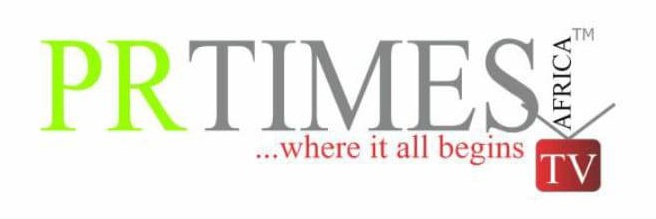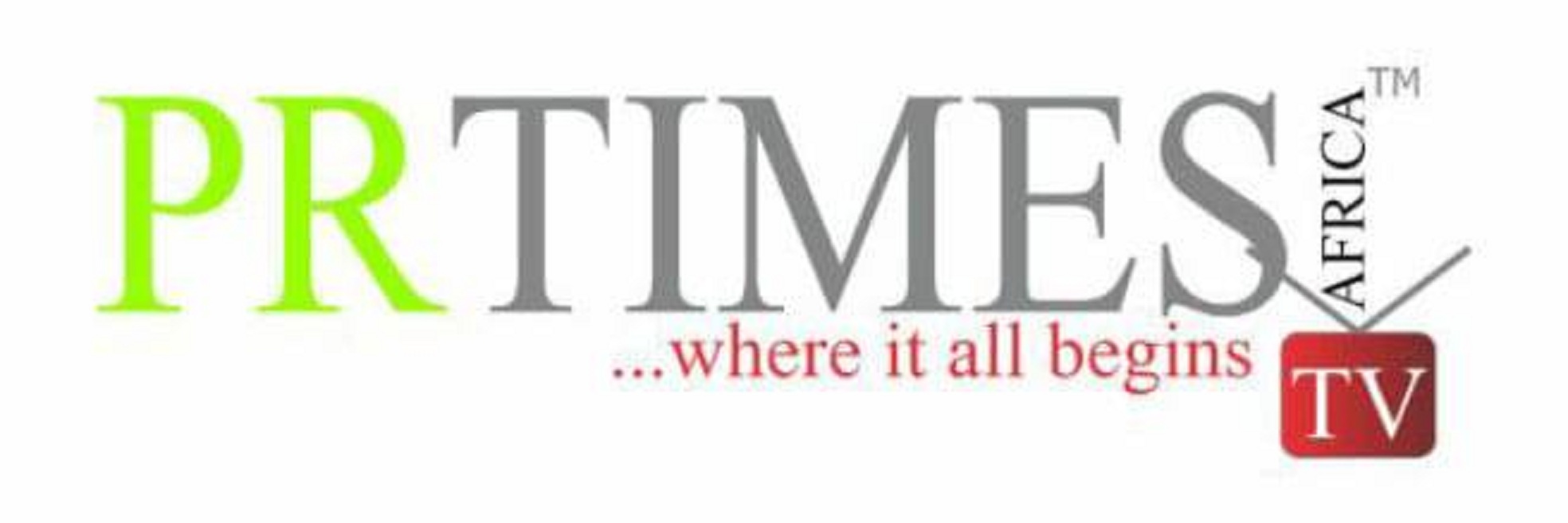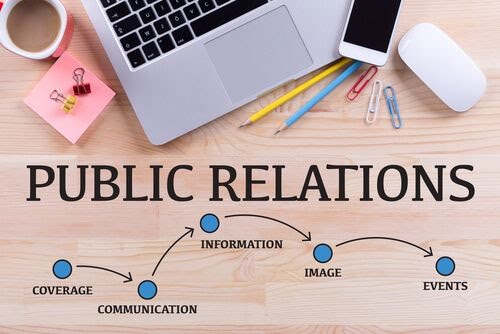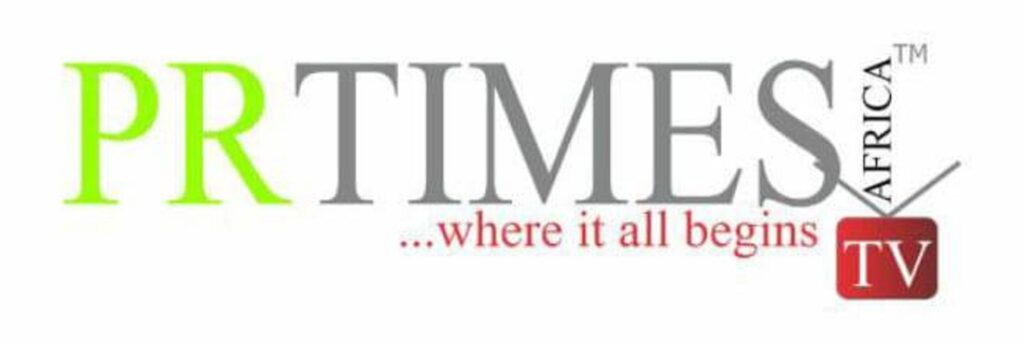What can PR learn from the public sector’s approach to equality?
Ruby Kite, talent and inclusion lead at The PHA GroupPublic relations and comms agencies, among most other private sector companies, take pride in adopting ways of working that benefit clients, customers and employees.
Meanwhile, public sector organisations are considered bound by bureaucracy, which contrasts with the fast-paced world that is agency life.
Its entirely possible that red rape restricts progress, but perhaps the private sector should look to implement some of the government-enforced measures that positively impact those from underrepresented or disadvantaged groups?
Avoid ticking a box
With equality, diversity and inclusion (EDI) initiatives at risk of being a box-ticking exercises, agencies should consider equality impact assessments (EIA) as a blueprint for change, following in the footsteps of their public sector counterparts.
An EIA is a systematic process used to evaluate the effects of policies, procedures, or practices on different groups of people, ensuring that no group is disproportionately disadvantaged. They are widely adopted across the public sector as a way of facilitating and evidencing compliance with the Public Sector Equality Duty, part of the Equality Act 2010.
The process typically involves:
Identifying purpose and objectives
Gathering and analysing relevant data to assess its potential impact on various social identity groups
Consulting with stakeholders to gather insights and feedback
Developing strategies to mitigate identified negative effects
Continuous monitoring and reviewing to ensure ongoing fairness and inclusivity.
To ensure practising what you preach, PR and comms agencies should consider the breadth of policies, processes, and practices that could benefit from implementing EIAs, or a comparable methodology. For example, by prioritising data collection and analysis, they could better evaluate the impact of their campaigns on their target demographic, rather than relying on an inflated figure indicating potential reach via the media. A more proactive approach could be to make data-driven decisions during the campaign planning process rather than wait until it has already hit the press.
Benefit from improved EDI
Many well-known consumer brands make PR blunders and face backlash from members of the impacted audience and their allies, so agencies would benefit from using relevant insights to help mitigate any potentially harmful messaging. The same could also be carried out internally through employee surveys, anonymous feedback options, employee resource groups forums, and stay and exit interviews, to name a few.
Questions to consider are:
- Does your new hybrid working policy impact full-time and part-time employees equitably?
- Is the number of employees affected by redundancies fair across all social identity groups, bearing in mind their representation across the agency?
- Can all employees benefit from salary benchmarking and bonus awards equally?
For agencies with plenty of room for improvement that don’t know where to start, it’s worth a reminder of the nine protected characteristics that should be the focus of EIAs:
- Age
- Disability
- Gender reassignment
- Marriage and civil partnership
- Pregnancy and maternity
- Race
- Religion or belief
- Sex
- Sexual orientation
However, it’s worth bearing in mind that these traits do not take into account other factors that agency leaders may wish to consider, such as socio-economic background, caregiver status, education, neurodivergence, cultural background, and immigration status.
With pressure mounting for agencies to create and maintain truly diverse, inclusive, and equitable environments for its employees, while ensuring the client work is also reflective of its ED&I-related values, it can be a challenge for leaders to continuously improve their agency’s policies and practices for the benefit of both. EIAs provide a structured template to reduce the risk of underrepresented being disproportionately disadvantaged.
Written by
Ruby Kite, talent and inclusion lead at The PHA Group

Close


